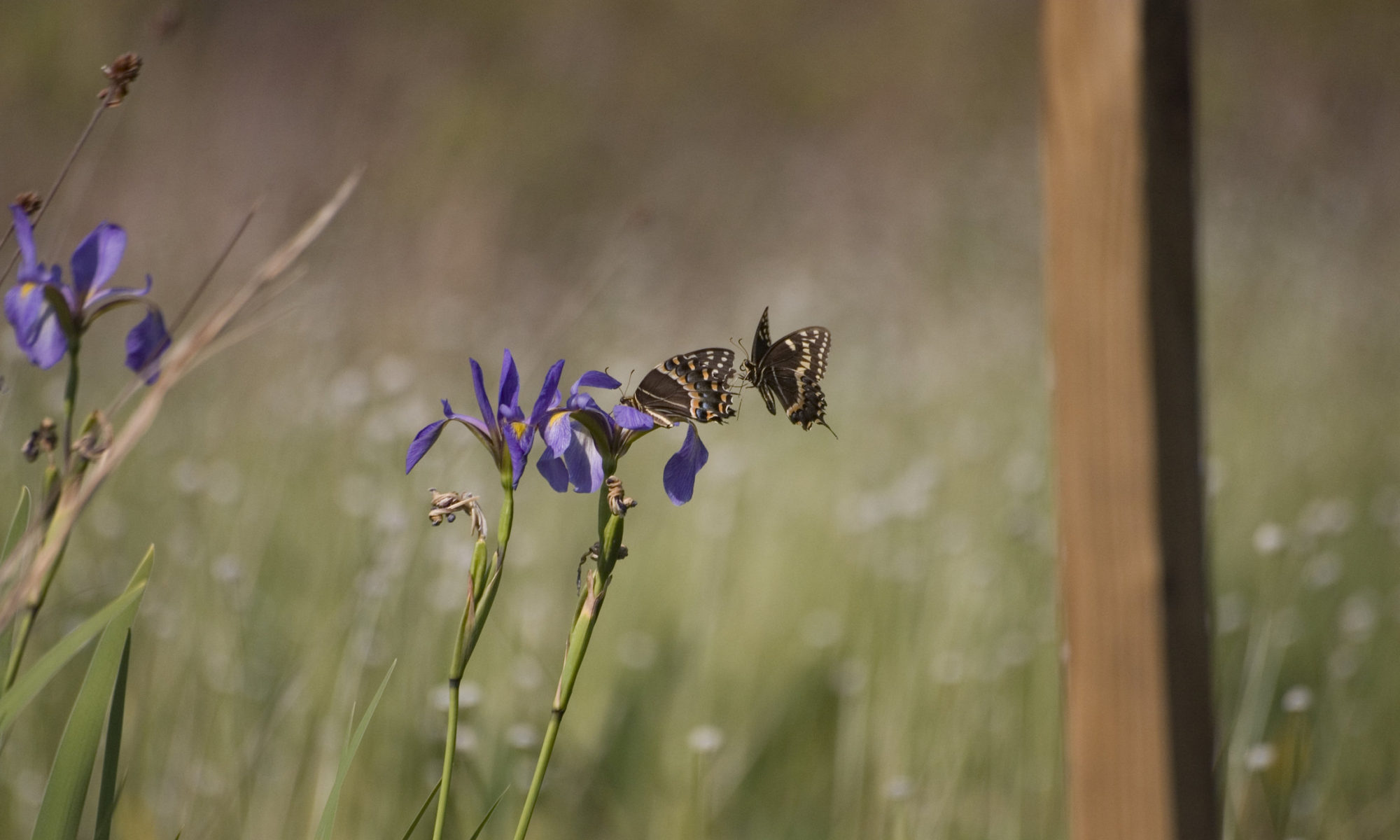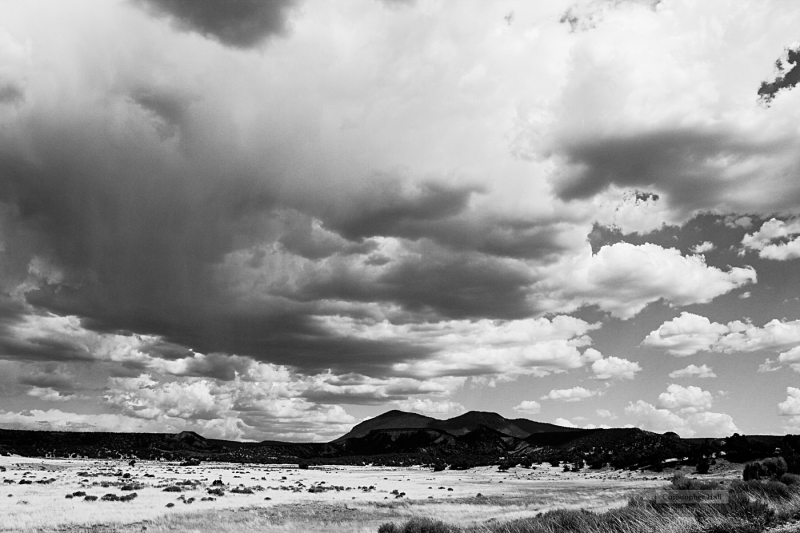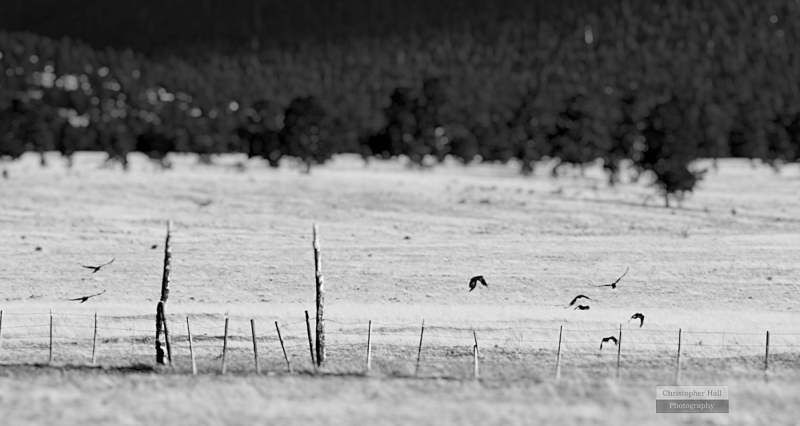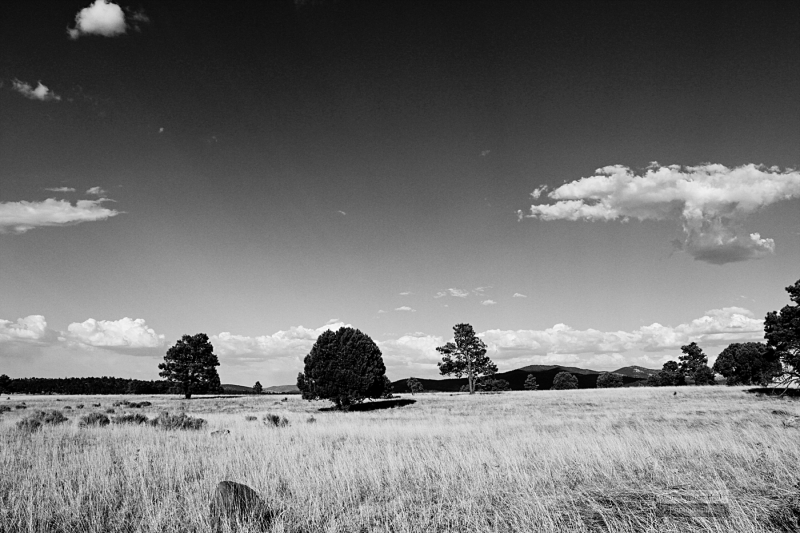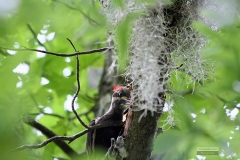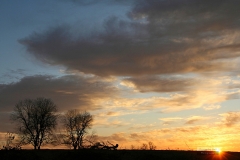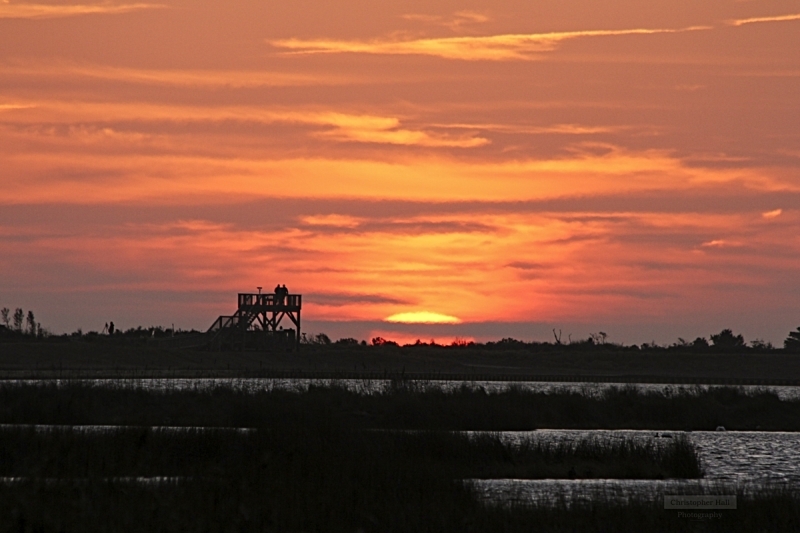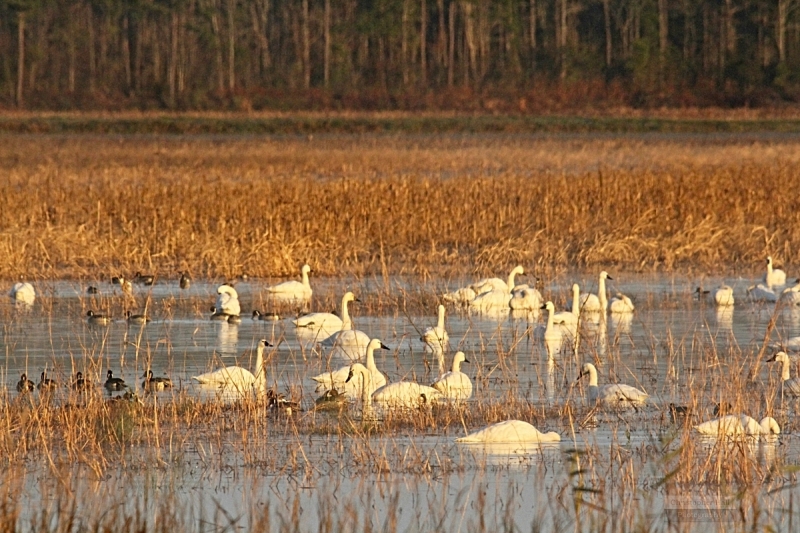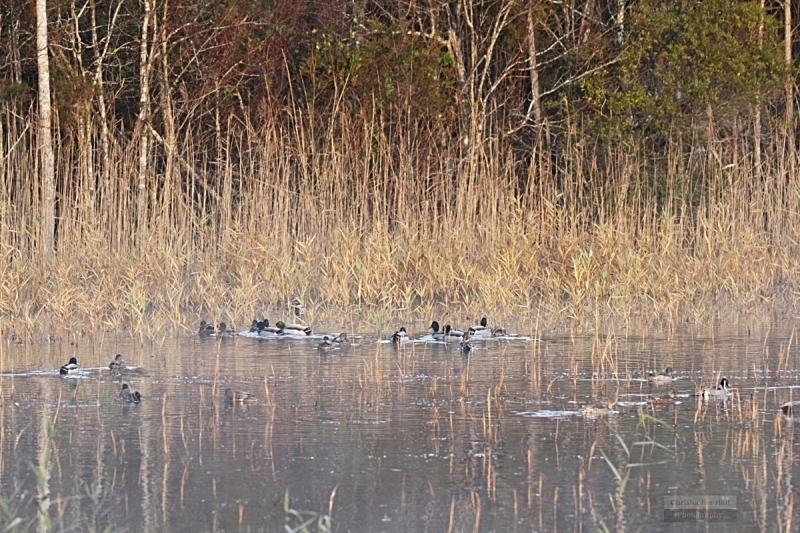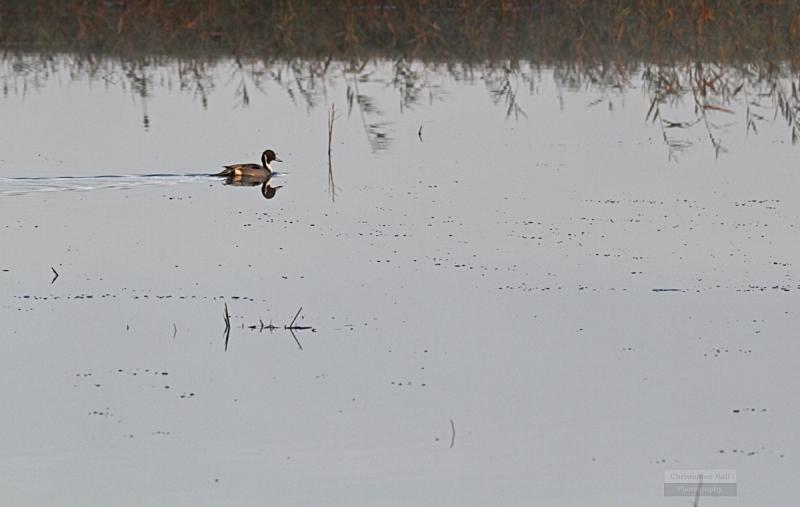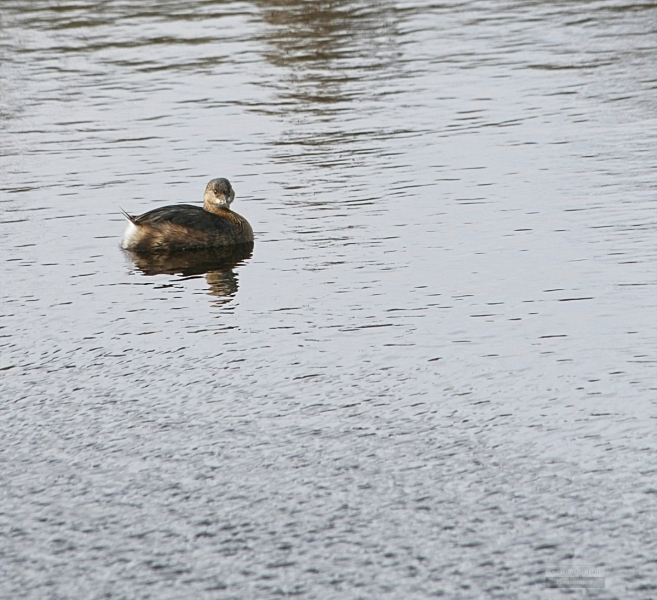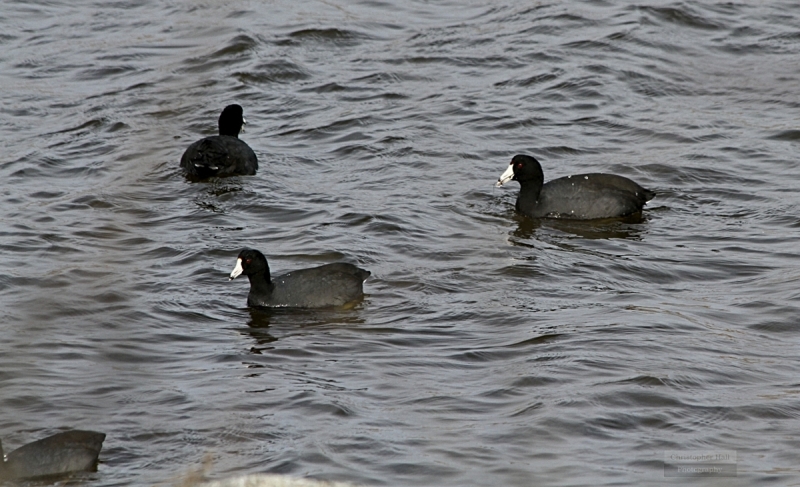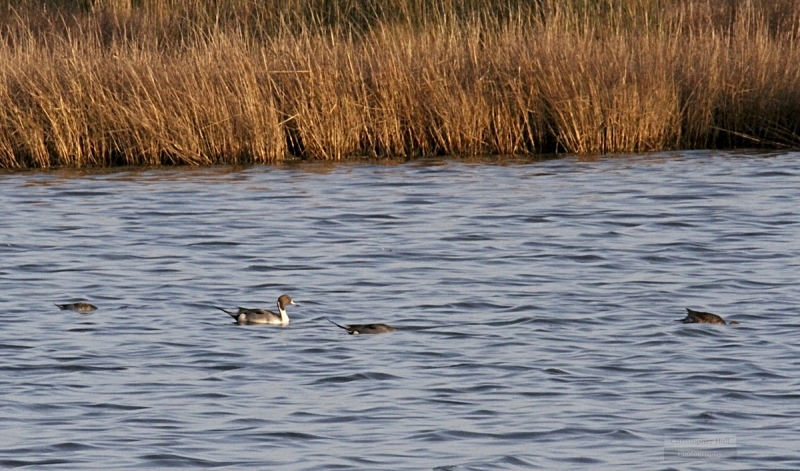My time at Alligator River NWR had come to a close. The next morning, I would head south through the Outer Banks. When I started planning my journey to the Outer Banks, I knew I wanted to take a different route coming home and that meant following the road on the Banks south and crossing back to the mainland via ferry through Ocracoke. It would only be a short hour to my next overnight stay, so I decided to take my time. I headed a little north to see the Wright’s Brothers museum, which was fascinating and then headed south.
If you’re going to the coastal area you’re going to see lighthouses. Along the way, I stopped at Bodie Island lighthouse, Cape Hatteras lighthouse, and the lighthouse at Ocracoke. Their architecture was as interesting as their history and the role they served back in the day. As I drove towards Hatteras, my night’s destination, I stopped at Pea Island NWR. I stopped inside the visitor’s center, pilfered around, and talked to one of the rangers in between listening in on conversations about birds in the area. It turns out that she and her husband were from Michigan. I walked around the refuge for a short while, then got back in the car. I knew that I’d be back at sunset. Later that evening, I came back to the refuge, and with the sun setting in the west, I was not disappointed. The ponds behind the center were spilling over with waterfowl, an idyllic place to land for a rest. Plenty of space and enough distance from bipeds, the ponds were a safe, wintering shelter for those birds in a migration pattern.
I would spend a couple hours at Pea Island and on my journey to and from the refuge, I stopped by roadside stops for access to the beach. The site of the ocean was amazing! The next morning, I would be up early to make the ferry schedule. First up was Hatteras to Ocracoke. It was a short, but pretty trip with the wind blowing and the sky a steel gray. There was a storm that was bearing down on the coast and the trip home would be blustery. Driving onto Ocracoke, I had forgotten about the damage done during the hurricane season. It didn’t take long to remember. All along the side of the roads were evidence of the storm. I had gotten to the ferry, but had misread the schedule. I would have time on my hands before the next shot. Unfortunately, there wasn’ t much open. I had managed to walk into one shop that was open. It was an art gallery and we talked about art, living on the Island, and the hurricane. When Ocracoke was hit, it was eerily quiet. The worse of the storm was off the coast, but it was the surge that created the damage. The shop keeper said that the water came and came. At one point, it reached about 8 feet and the wreckage and the waterlines seen along buildings confirmed that. But it was quiet and it was quick. In a little more than an hour the water and come and gone, leaving flooded cars and buildings in it’s wake.
Yet, nature, and people, are resilient. I think that’s the message for me. I headed out of the shop and back down to the ferry station. It was around 2 PM and I had 8 hours in front of my on the road. Back on the mainland, I journeyed through a place I had lived once upon a time. It seemed like two lifetimes ago and as I think back to that period of my life, I see the growth and spiritual changes I’ve gone through. I’ve weathered many seasons and I was still standing, with many miles left in my journey.
